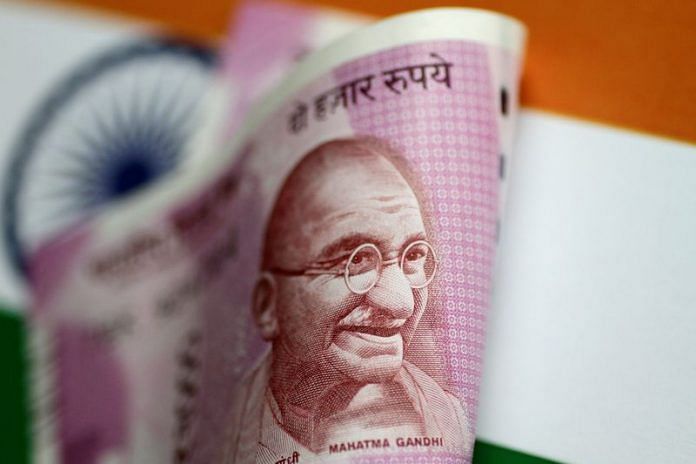Mumbai: India is bracing for a second currency note exchange program in less than seven years, pulling its 2,000 rupee note out of circulation in an exercise that comes ahead of a series of crucial state elections.
The withdrawal of the economy’s highest denomination note is expected to be far less disruptive than a 2016 move to demonetise 86% of the country’s currency in circulation overnight, which led to a sharp economic slowdown.
“The impact on the economy will be very marginal,” said Reserve Bank of India Governor Shaktikanta Das at a briefing on Monday. The 2000-rupee notes were not commonly used in any transactions, he said.
The currency note exchange, which begins on Tuesday, has spurred some gold-buying, as people look to replace the 2,000 rupee-note as a store of value, while banks are preparing for a rush of customers depositing notes, several sources said.
The note is being withdrawn ahead of elections in several Indian states, including Rajasthan, Madhya Pradesh, Chhattisgarh, and Telangana, and a general election due next year.
Cash usage typically rises in the run-up to elections as candidates use cash to get around spending limits imposed by India’s Election Commission.
Gold at a premium
On Monday, gold was trading at a premium in India for the first time in 11-weeks, as some citizens holding 2,000-rupee notes opted to buy the yellow metal rather than deposit the funds in banks.
Dealers were charging a premium of up to $3 an ounce over official domestic prices, up from the last week’s discount of $5, but the price jump was well short of premiums paid in 2016.
“The rush to buy gold, similar to the 2016 demonetisation period, was notably absent,” said Ashok Jain, proprietor of Mumbai-based gold wholesaler Chenaji Narsingji.
Gold was trading at around 62,000 Indian rupees per 10 grams on Monday morning, while in the grey market customers were making purchases at close to 65,000 rupees with 2,000-rupee notes, dealers said.
Banks brace
Bankers expect much less pressure than with the overnight demonetisation in 2016, as the deadline for retiring 2,000-rupee notes is Sept. 30.
India’s largest lender State Bank of India will increase cash counters for senior citizens and disabled persons so that any “rush, panic and inconvenience is avoided”, said a top official.
The bank will also be using mobile vans and business partners to collect such notes, the official said.
The official did not wish to be named because he was not authorised to speak to the media.
Three other banks said they are taking similar steps.
“We do not expect a rush at banks to exchange the notes,” central bank chief Das said. “People don’t have to go immediately as enough time has been given.”
(Reporting by Siddhi Nayak and Rajendra Jadhav; Editing by Sonali Paul)
Disclaimer: This report is auto generated from the Reuters news service. ThePrint holds no responsibilty for its content.
Also read: RBI expects most Rs 2,000 notes to be returned by September end, says Governor Shaktikanta Das



